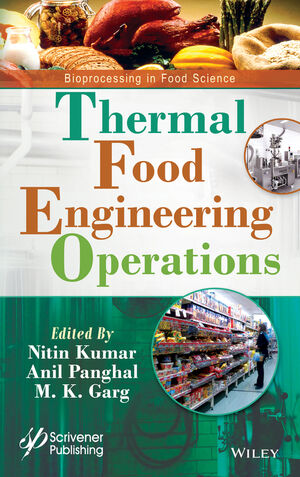Field Reports
Loud sonic horn shatters boiler ash buildup at brewery
Not a high-fidelity horn, this air-operated device packs a 150 dB wallop of acoustic energy at an Alaskan brewery.


|
|
This acoustic cleaner helped Alaskan Brewing Company develop an ash handling process that meets its goals for efficiency and environmental stewardship. Source: Martin Engineering. |
Alaskan Brewing Company is the first brewery opened in Juneau since Prohibition, and from its beginning in 1986, sought to make high-quality, craft-brewed beer that was cost efficient and environmentally responsible. “Supplies and fuel are expensive here, due to the distances involved,” observes Maintenance Supervisor Suki Patterson. “Brewing in Alaska is a challenge, because everything other than labor and water has to be imported, so we’re always looking for ways to be creative in obtaining and using our resources.”
While other brewers sometimes add spent grain as supplemental fuel in their processes, the system at the Alaskan Brewing Company is thought to be the only one in the US to use it as the sole source of boiler fuel. “During our production cycle, we would have to burn hundreds of gallons of diesel fuel per day to fire the boiler,” says Patterson. “With this system, we can use byproducts from the brewing process, but that presents some unique issues. Conventional hog fuel boilers typically burn feedstocks that produce about 0.5 percent ash, while the spent grain we use produces more than 5 percent.”
The brewer’s equipment includes a Model N65 firebox boiler assembly, manufactured for King Coal Furnace (Bismarck, ND) by Hurst Boiler & Welding Company (Coolidge, GA). The high-pressure firebox boiler with left side breeching operates at 125psi during the brewing process, achieving 6,600 pounds of steam per hour from a furnace volume of 519 cubic feet.
To manage the ash and minimize emissions, a Babcock & Wilcox Power Generation Group Multiclone dust collector imparts a whirling motion to the ash-laden exhaust gas as it enters the multiple-tube cyclonic collector. This action generates centrifugal force that concentrates particles of entrained dust at the interior walls of the collecting tubes. The particles then fall and are discharged from the bottom of the tube, with clean gas exiting through the outlet at the collecting tube’s vertical centerline. The boiler also uses soot blowers on a timer to clear the fire tubes.
“Unlike other fuels typically used in the brewing process, dried grain produces an extremely fine ash that readily absorbs moisture from the atmosphere,” explains Patterson. “It tends to develop a gummy texture, so it can collect on the interior surfaces and become difficult to remove.”
Patterson researched the issue online and then contacted Martin Engineering. The Martin sonic horn is an acoustic cleaner that has been widely used in the process industries. Especially effective around tubes and behind obstacles, sonic energy de-bonds particulates with a 360° sweep, cleaning inaccessible surfaces. The horn works by producing a low-frequency (230 Hz), high-pressure sound wave, which is created when compressed air flexes a titanium diaphragm in the sound generator. This sound wave is then magnified as it is emitted through the cleaner’s bell. The pressure causes dry particulate deposits to resonate and become fluidized, allowing them to be removed by constant gas flow or gravity.
Patterson saw immediate improvement after the sonic horn’s installation. “We’re still fine-tuning the process, and we may add a second horn in another location,” she says.
For more information: Greg Milroy, 309-852-2384, ext. 214, gregm@martin-eng.com
Looking for a reprint of this article?
From high-res PDFs to custom plaques, order your copy today!









